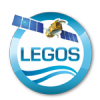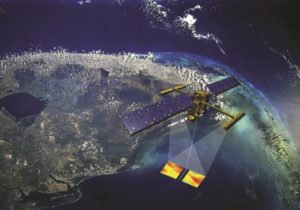Publisher: Direction– Updated on 06/05/2021

Scientific objectives
The ECOLA team studies the processes involved at different spatio-temporal scales in the functioning and variability of hydrodynamics along the estuary/delta/lagoon-regional ocean continuum, and their influence on marine ecosystems and sediment transport. Our objective is to deepen our understanding of the physical and biogeochemical processes involved, to determine their observability (especially in satellite measurements) and to improve their modelling. These objectives are articulated in three axes.
A – Role of scale interactions in regional and coastal dynamics and influence on ecosystems:
- Specific dynamic processes of coastal and regional dynamics involved in the formation, transport, dispersion, mixing and exchange of water masses.
- Response of dynamics and water masses to different variability factors.
- Ocean-atmosphere interactions.
- Influence of ocean dynamics and their variability on planktonic ecosystems.
B – Transport and fate of water and associated matter along the delta/estuary/lagoon/shelf/regional ocean continuum :
- Hydrodynamic processes, from the estuarine zone to the shelf.
- Influence of dynamics and variability on sediment transport.
- Transport of contaminants (plastics, etc.).
C – Tides :
- Predictability of tide and internal tide in the global ocean.
- Barotropic tide in coastal and estuarine areas.
- Barotropic and internal tide dynamics and associated processes.
- Internal tide and circulation/stratification interaction.
- Impact of tides on biogeochemistry, biology and air/sea interactions.
Strategy and tools
The ECOLA team’s expertise in modelling and numerical development (FES, T-UGO, NEMO, SYMPHONIE, CROCO, SDAP, ECO3M-S, OASIS, with in particular the SIROCCO community code) enables us to answer these questions, but also to address specific modelling issues :
- Representability (and quantification of associated uncertainties) in models of dynamical processes of interest and associated flows.
- Characterisation and quantification of the representativeness in models of observed processes and their variability, and development of methodologies for model/observation comparisons.
These studies are partly based on the use of ensemble methods for sensitivity, observability and predictability studies.
In-situ and satellite measurements are essential for assessing the realism of models and their improvement, optimising configurations, but also represent working tools for identifying processes, spatio-temporal scales of variability, etc.
- We work on the observability of the processes studied at all scales in satellite data. ECOLA and several other LEGOS teams are involved in the exploitation of altimetry data and in the preparation of new missions (SWOT, WISA): CTOH, OSTST Sciences Team (Jason, Sentinel-3), SWOT preparation, research projects funded by CNES or ESA on data exploitation… In parallel, we are focusing our efforts on the processing and exploitation of optical data, in connection with modelling and in-situ observations.
- We are investing in setting up and carrying out long-term observation campaigns (SURVOSTRAL in the Southern Ocean, since 1992; monthly monitoring of Lake Nokoué) or specifically dedicated to the processes studied (PERLE in the Mediterranean, 2018-2020; AMAZOMIX in Brazil, 2021; PLUME in Vietnam, 2023), but also in participating in the efforts of community campaigns (CalVal Altimetry and SWOT). Modelling is an essential component of these campaigns, from plan development to data exploitation.
Projects
The team’s activities are largely carried out within the framework of structuring projects based on a solid and long-standing partnership:
- Southeast Asian Seas, from the Indonesian Seas and the South China Sea to the Vietnamese coast.
- European Seas: Mediterranean and Bay of Biscay
- The Gulf of Guinea (including the Nokoué lagoon)
- The Terre Adélie sector in the Southern Ocean (SURVOSTRAL programme).
- The Brazilian Plateau (including the Amazon basin and estuary), in collaboration with several teams (ECHOS and OLVAC).
News
Composition
Permanent staff
| First name LAST NAME | Grade – Employer |
| Marine HERRMANN | Team Leader Senior Scientist – IRD |
| Damien ALLAIN | Research Engineer – IRD |
| Nadia AYOUB | Research Scientist – CNRS |
| Florence BIROL | Senior Scientist – CNAP |
| Alexis CHAIGNEAU | Senior Scientist – IRD |
| Isabelle DADOU | Professor – UT3 |
| Pierre DE MEY | Senior Scientist – CNRS |
| Yves DU PENHOAT | Senior Scientist – IRD |
| Thomas DUHAUT | Research Engineer – CNRS |
| Claude ESTOURNEL | Senior Scientist – CNRS |
| Elodie KESTENARE | Research Engineer – IRD |
| Ariane KOCH-LARROUY | Research Scientist – IRD |
| Florent LYARD | Senior Scientist – CNRS |
| Patrick MARSALEIX | Research Scientist – CNRS |
| Yves MOREL | Senior Scientist – CNRS |
| Rosemary MORROW | Senior Scientist – CNAP |
| Guillaume MORVAN | Engineer – IRD |
| Sylvain OUILLON | Senior Scientist – IRD |
| Florence TOUBLANC | Research Engineer – CNRS |
| Caroline ULSES | Research Scientist – CNAP |
All team members
Allain Damien
IR , IRD
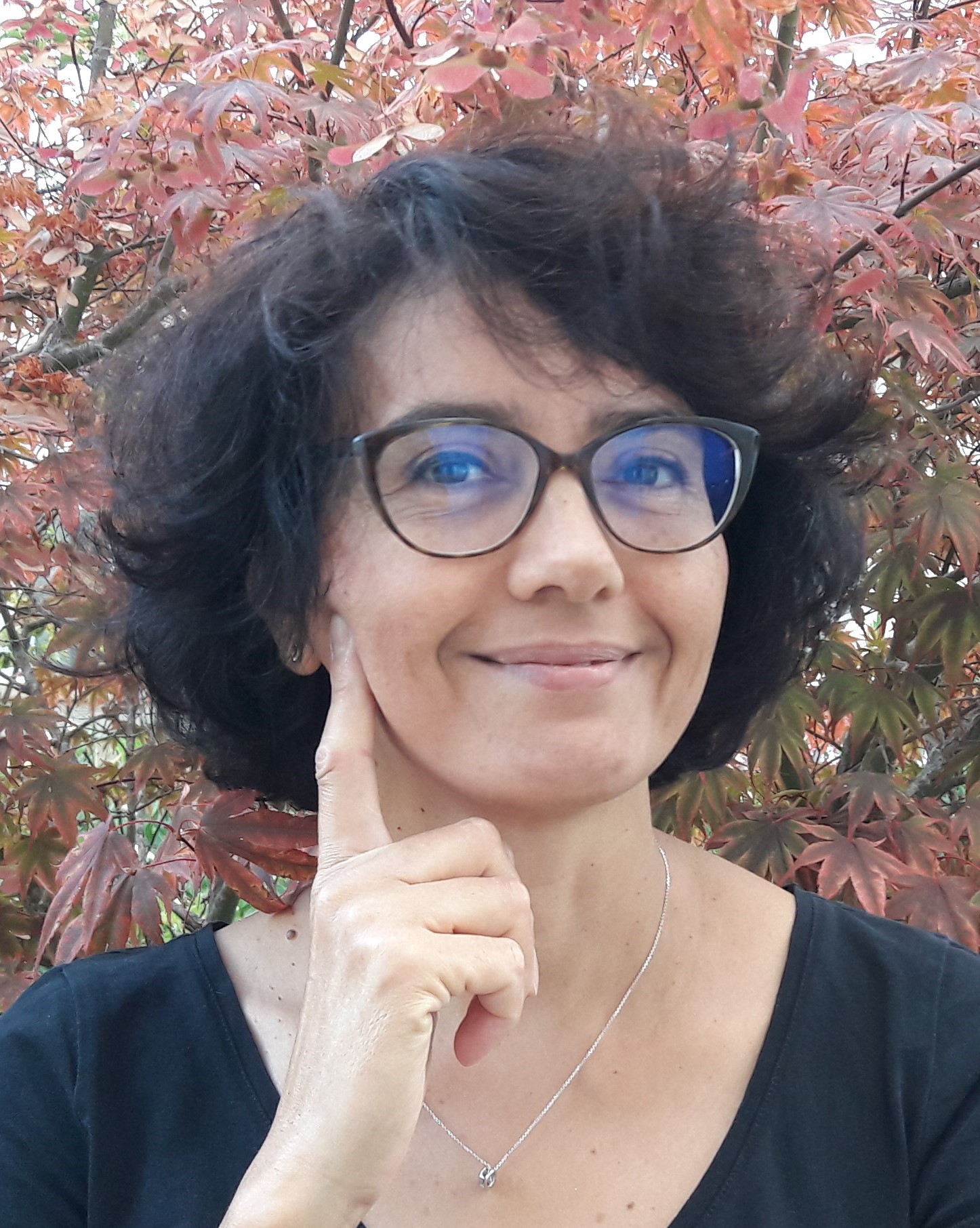
Ayoub Nadia
Chercheuse , Chargée de Recherche CNRS
Chaigneau Alexis
DR2 IRD
Dadou Isabelle
De Mey-Frémaux Pierre
DR1 CNRS , DR1 CNRS
Desmet Quentin
Ph.D. Student , Ph.D. Student
Duhaut Thomas
IR CNRS
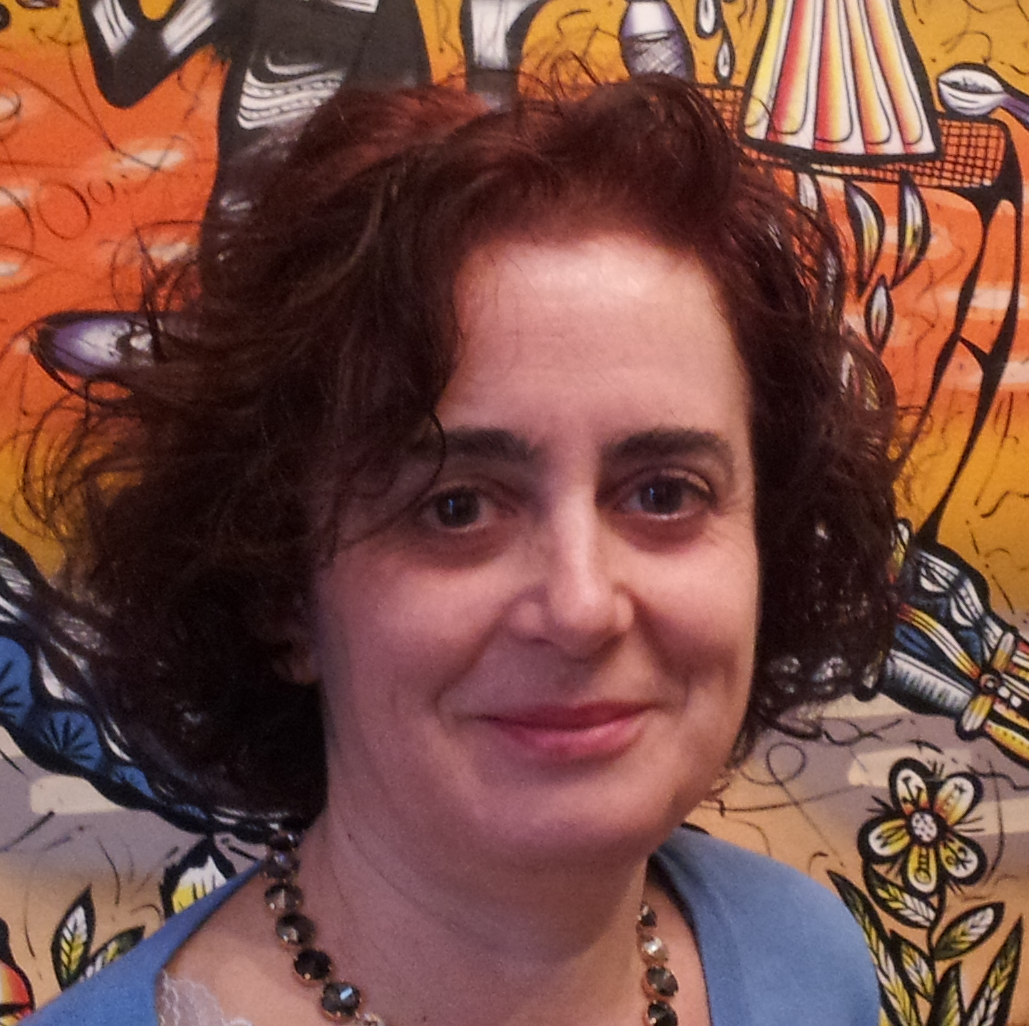
Estournel Claude
Researcher CNRS
Garinet Adrien
PhD Student DGA
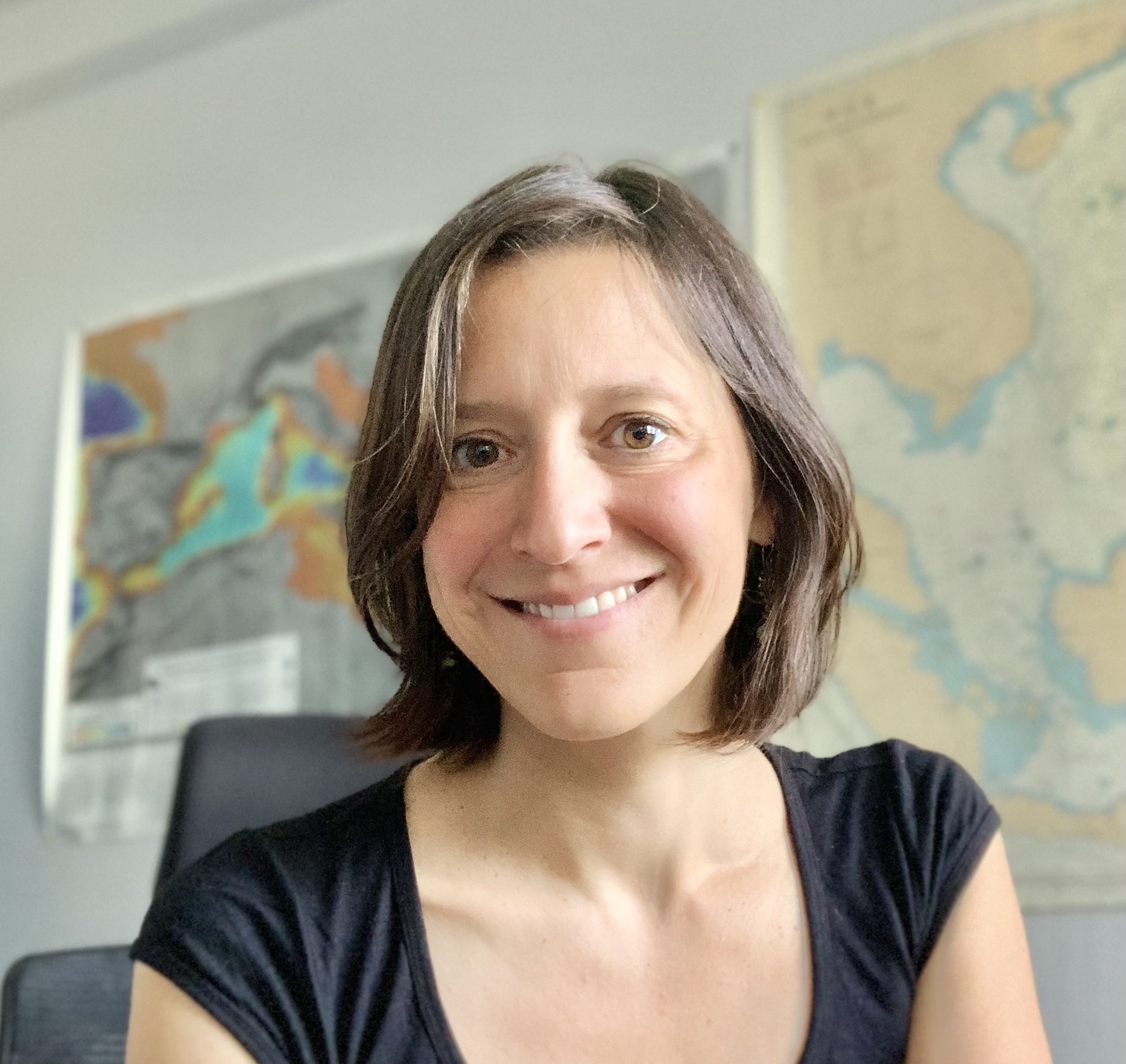
Herrmann Marine
Researcher , DR IRD
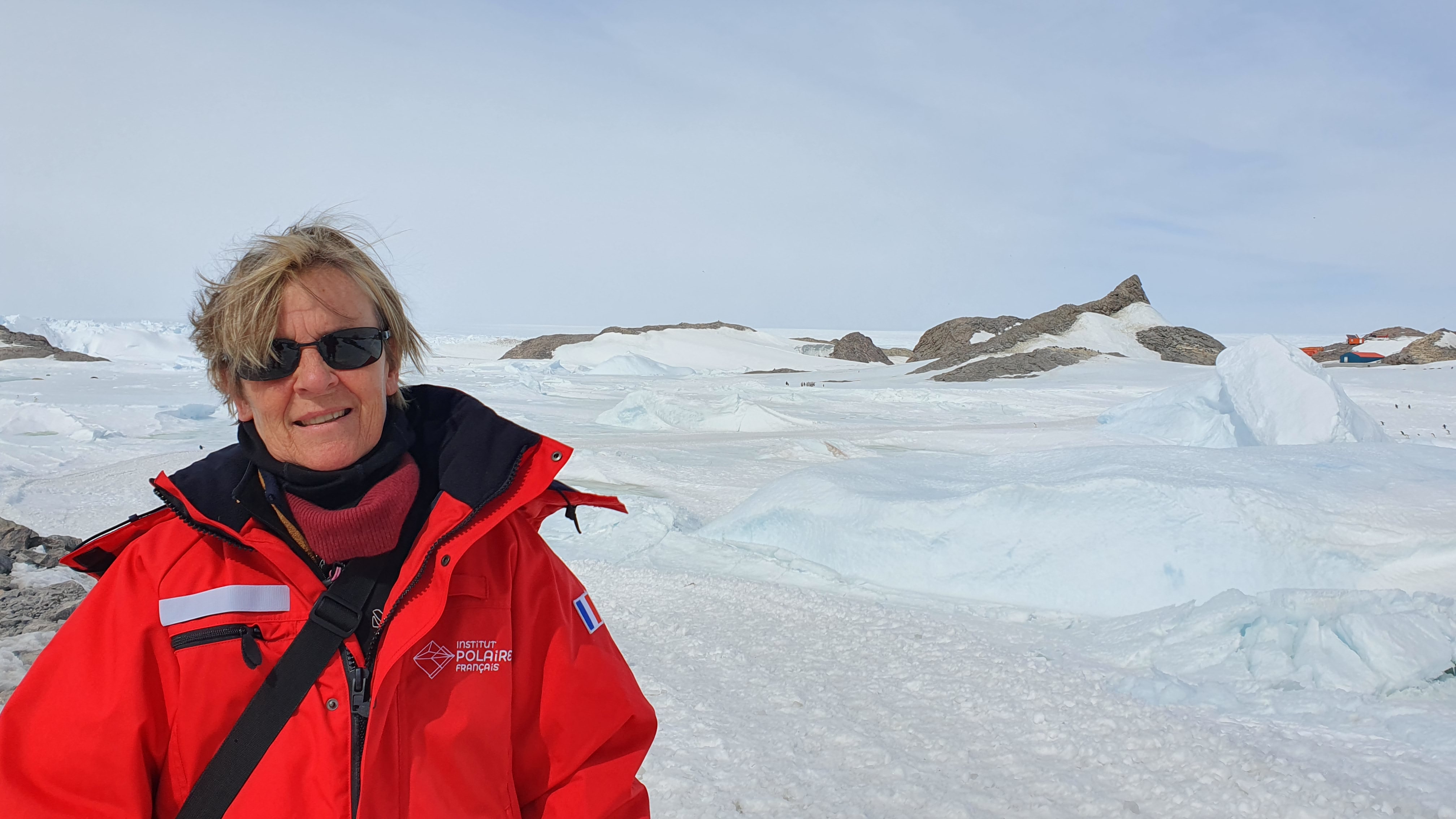
Kestenare Elodie
Ingénieur de Recherche , IRHC IRD
Koch-Larrouy Ariane
CR IRD
Krien Yann
Marsaleix Patrick

Morel Yves
Directeur de Recherche, CNRS/OMP/LEGOS/ECOLA , DR2 CNRS
Morrow Rosemary
Physicienne CNAP , Physicienne Classe 1C CNAP / OMP/ Université Toulouse III

Toublanc Florence
Ingénieure de recherche , IR2 CNRS
Ulses Caroline
Physicienne-adjointe CNAP Université de Toulouse
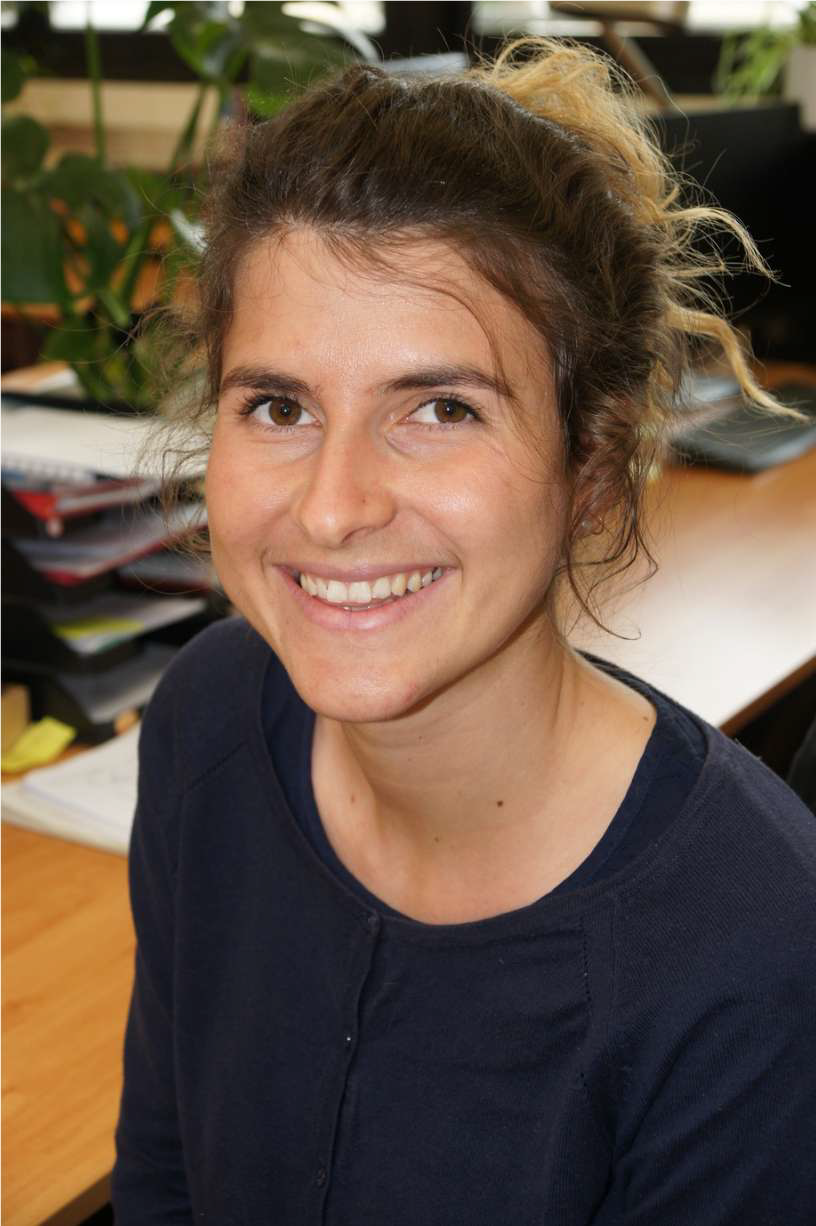
Weiss Lisa
Postdoc IRD , Post-doctoral Researcher IRD
